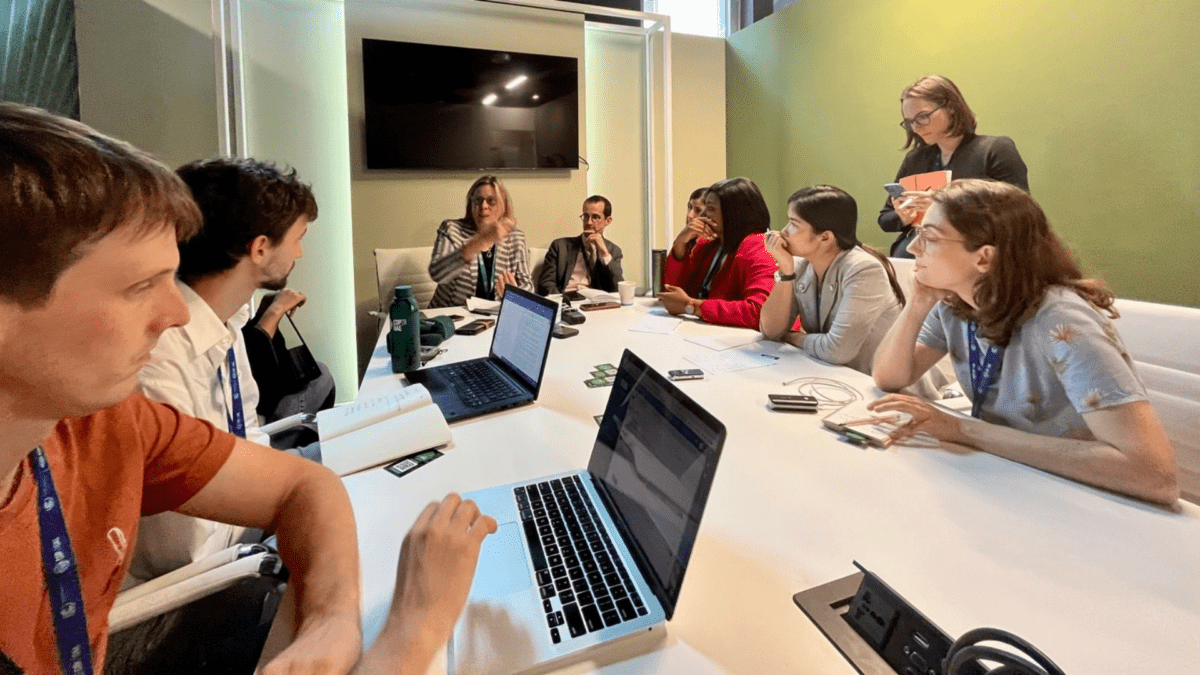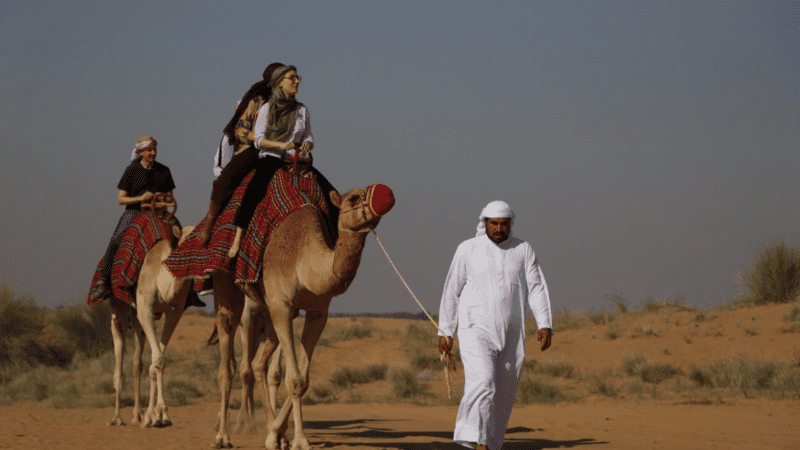As COP 28 wraps up, nations have pledged to a global transition away from fossil fuels for the first time. Despite the positive news, however, even the most optimistic observers would be pressed to look at the future with undiluted hope.
According to the State of Climate Action 2023 report, global efforts to limit warming to 1.5°C are currently failing across almost every single indicator. The scientific data is clear enough, yet mis/disinformation is rampant and polluters continue to greenwash with impunity, and powerful actors continue to stall or backtrack on their commitments.
Meanwhile, those of us in the field of media keep asking the same question: when will good information and responsible journalism finally be recognized as a key solution to the climate crisis – and supported accordingly?
Take the first-ever Global Stocktake – a mechanism for countries to measure their performance against the goals of the Paris Agreement, and a key feature of this year’s COP. Journalists are key actors when it comes to monitoring every country’s progress (or lack thereof) and holding policymakers and corporations to account. They do so at great personal risk: climate journalism can be a dangerous profession, carried out amid increasing threats to freedom of expression and in a context of great financial insecurity.
At Internews, we are keenly aware that media is key to shaping the responses to the climate crisis. This is why over the last two weeks – as we’ve done for many years now – we supported 30 journalist fellows from low- and middle-income countries to cover the COP and report on how negotiations progressed. Our Earth Journalism Network (EJN), collaborating with the Stanley Center for Peace and Security, formed the Climate Change Media Partnership (CCMP), which led the initiative.

The fellows not only witnessed negotiations they otherwise would have been unable to cover but also were able to interview high-level officials who are usually hard to pin down at home. This resulted in more than 189 stories published in 35 trusted media outlets and in 9 languages. Initiatives like this one seem small in scale – but their ripple effect is large. They enable journalists who don’t usually get a seat at the table to be present at key decision-making spaces, ensuring that traditionally excluded communities have access to the information they need, from sources they trust, about decisions that have a tangible impact on their lives and livelihoods.
People in our field aren’t the only ones saying that this work is important. According to UNESCO, three of the media’s traditional roles – informing audiences, acting as watchdogs, and spreading news about solutions – are especially relevant in the context of a changing climate. Even the Intergovernmental Panel on Climate Change has acknowledged media’s power to build public support to accelerate climate adaptation and mitigation.
At EJN, we’ve also seen a clear multiplier effect: support of climate coverage begets more climate coverage. Our journalism fellows have gone on to collaborate on award-winning cross-border stories, launch new regional environmental news websites, and expand their newsrooms’ climate desks.

This is good news, but it’s nowhere near enough. While the CCMP fellows who reported from Dubai represented news organizations from the frontlines of the climate crisis, where communities already bear the brunt of environmental impacts they did little to cause, the majority of COP coverage is still coming from the wealthiest – and most polluting – countries. In terms of financial support, the Environmental Investigative Forum’s latest survey on environmental journalism found that 63% of respondents also consider funding opportunities on the matter to be below average, and 72% of respondents think current climate change funding opportunities “occasionally” or “mainly” fail to integrate an investigative perspective.
Of course, supporting climate journalists may not seem like the most direct way to address the climate crisis. But, with scientists warning that “much more action, on all fronts and by all actors, is needed now” to limit warming to 1.5°C above pre-industrial levels, we must not discount the key drivers of that action, and the key role that better access to information on solutions can play.
Transformative philanthropic measures like the Press Forward Initiative in the US are a big step in the right direction but there needs need to be dedicated support for journalists covering climate change and related issues, too, scaled at a global level. Internews’ own recently launched Emergency Fund is a pioneering effort to support journalists and media outlets whose communities and audiences are under existential threat – not just from conflict and disasters, but also the slow violence of heat waves, drought, desertification, disease, and sea level rise already destroying lives the world over.
Supporting a free, independent press and providing its practitioners with the resources they need to cover the biggest crisis of our time is vital – not just for democracy, but for the future of our planet and its people.
